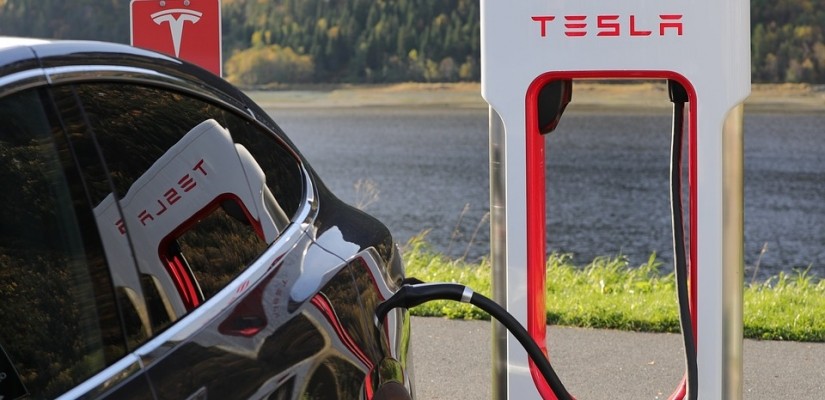
Increased concern about the environmental impact of conventional vehicles is driving interest in the development of electric vehicles. Automobile manufacturers have responded to this interest and have begun investing in electric vehicle manufacture. Volkswagen will be spending roughly $50 billion through 2024 to increase the number of electric cars it produces, and other manufacturers such as Ford, GM, and Mercedes-Benz are also investing in raising their electric vehicle output. This increased investment not only reflects current trends, but it will grow in the future as political and economic patterns continue to shift.
In previous years, electric vehicles were viewed as an economic sector with high growth potential. This was due to the increase in oil and gas prices. Electric vehicles were viewed as a future means by which consumers would be able to avoid the burden of high fuel prices, however, the price of oil and gas went on to experience a sharp decline. Continued low oil and gas prices have made the need for electric vehicles far less pressing. Given that the boom in US petroleum and gas production continues to grow, oil and gas prices are unlikely to return to the levels necessary to make fuel costs a pressing consumer concern for quite some time. Thus, electric vehicle manufacturers cannot rely on an eventual recovery in fuel prices to shape consumer demand for their products in the short- to medium-term. They will have to rely on lifestyle branding, political attitudes, and price differentiation to compete in the near-future. Other trends however, suggest reasons for optimism.
The current small market share of electric vehicles as a proportion of the automobile market leaves significant opportunity for growth. Large car markets such as the US and the European Union present obvious targets of opportunity, and growing demand for personal vehicles in East Asia makes that region a critical growth market. Subsidies for personal electric vehicles in European countries such as Norway, increase their appeal to consumers in those countries. Many of the governments of these countries are even planning on future bans of fossil-fuel vehicles in the 2030s. European countries such as France, Denmark, Norway, and the Netherlands are among those considering such bans. If such action is taken by these countries, it will restrict the automotive market to electric vehicles only. This would be a significant boost for the industry.
Furthermore, environmental concerns remain a key driver of the demand for electric vehicles. Renewed political interest in environmental concerns has the potential to increase adoption of electric vehicles as consumers shift market patterns to reflect changing societal attitudes. Talk of a political “Green New Deal” is likely to heighten public interest in climate concerns, but it is yet unclear as to whether this will lead to a significant shift in public opinion. Even if it does, it is not certain whether this will then spurn new interest in electric vehicle purchases. Nonetheless, this political shift still represents a potential boon for electric vehicle manufacture.

Finally, it must be noted that the market for electric vehicles extends far beyond the personal vehicle market. Electrical power has been used to power high-speed rail for decades, and remains hugely important for the ongoing operations of the French and Japanese rail systems, among others. Many unmanned aerial “drones” also operate on electric power, and the increased demand for drones by national militaries ensures that the market for aerial electric vehicles will remain healthy in the future. Furthermore, since combustion is impossible in outer space, electric vehicles are one of the few viable options for transportation beyond the atmosphere. Space development will not be a market-driving trend in the short- or medium-term in the way that environmental concerns or the growth of Asian markets will be, but it does offer a niche to be filled as more and more countries as well as private companies pursue an off-world presence. This makes the long-term and very long-term growth prospects in this filed incredibly attractive.
Thus, while the short-term outlook for electric vehicles is positive with some caveats, medium- to long-term trends indicate that the market will continue to grow and overcome current economic and political hurdles. Political shifts are likely to give further support to usage of electric vehicles as an alternative to those that burn fossil fuels. Concerns about battery life and charging infrastructure will be addressed as interest in electric vehicles increases, meaning that the forecast for this industry is, in the long-term, optimistic.
